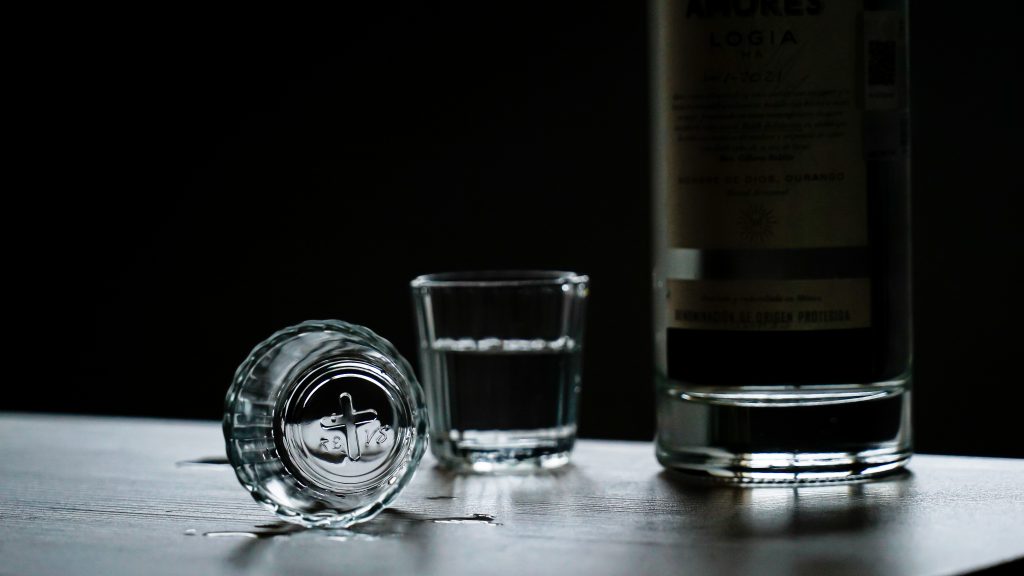As mezcal and other agave spirits become ever more popular, it’s becoming much easier to access. Whether it’s at your local Mexican restaurant or bar, wine and spirit store, or even a friendly get-together, you’re likely to encounter a bottle of mezcal. But, as fast as mezcal is gaining popularity, awareness and know-how are far behind. Even searching the web, it’s easy to find substandard suggestions and even misinformation.
So, for those who are seeking how to properly taste, and identify a quality mezcal or agave spirit, here are 9 Rules You Should Know Before Tasting Mezcal and why they’re significant.
1. First things first: Mezcal is to be savourd, not shot.
Keep in mind, the shot was invented to get you drunk quicker on cheap alcohol, without worrying about the taste. In times of agave shortages and poor regulations, many adultered spirits were being made. A sure way to avoid the awful taste of these spirits was to take a shot. On the other hand, a good mezcal is drunk little by little, to enjoy its subtleties and distinctive flavors.
2. Price has nothing to do with quality.
…the importance of mezcal to (its) communities trumps any limited release or gimmicky promo that international spirits companies can conjure up.
Jay Schroeder
Mezcal has become a fashionable drink and when demand grows, the supply changes. Many entrepreneurs buy cheap mezcal and multiply its price and sell it in beautiful bottles at exorbitant prices giving the perception of a “premium” product. But, don’t be fooled. Quality mezcals and agave spirits will always put their details on the label, a quick glance should tell you everything from the producer, vintage, each process in production. If not, they likely have something to hide.
3. Taste is not always a good indicator of quality.
Some agave spirit producers may have dirty little secrets to appetize the consumer. This is often seen in additives added to alter the flavor profile of a spirit or to disguise its poor quality. Like fruit-flavored tequilas, these are often used as marketing tactics and not indicators of a quality spirit.
4. So, how can you tell if a mezcal is good?

One interesting, though not an end all be all, is to shake it up and see if it makes a lot of “pearls” (bubbles). Also, make sure that they do not dissipate very quickly when you serve the mezcal. This comes from a technique called “venenciando”. This is how maestro mezcaleros identify the levels of abv they prefer in their mezcal. They say a traditional mezcal should be at around 45% abv.
5. You can also test the quality inside the bottle.
Shake the bottle to analyze the pearls. As in the previous rule, you can visually see the pearls in the bottle as well. Also, look at how the mezcal drips inside. A good mezcal will move slowly, almost like oil.
6. Always ask for your mezcal Joven.
To fully appreciate the craft of a well-produced mezcal, you want to taste it in its inherent form. This is Joven or “young” – the way the mezcal comes out of the process without any alterations or external influence like aging. The long natural process agaves go through to be ready for mezcal production in itself is the craft of nature. You don’t want to interrupt nature’s effort.
7. Make sure your mezcal has at least 40 ° abv.
A high concentration of alcohol is a sign that it is a good product. “Traditional” mezcal among mezcaleros is recognized at or above 45% abv. A good quality mezcal, through its genuine process, is usually above 40% abv.
Many producers adjust or soften their product by watering it down to make it more popular for the newbie.
8. Avoid mezcal with worm.
This is basically a rookie trap. Similar to rule number 1, it is generally used to give the drink the agave flavor that a poor distillation process could not capture. The worm only deteriorates the flavor of mezcal.
9. Oranges are to cleanse the palate.
Say you are enjoying your mezcal along with an ice-cold “chela” or beer. Agave purists would be shocked because the malt counteracts the taste of mezcal in your mouth. So, between each drink take a bite of an orange or pineapple, even green tomato. The acidic properties will cause you to salivate, and prime your palate for the flavors you’re about to enjoy. Keep in mind, you’re not doing it after the taste, like a lime after a shot of tequila that conceals the flavor. Another good option is a simple glass of water.
Closing
With easy access now to mezcal and a world of agave spirits, I hope this list helps you have a better understanding and standard to properly taste, and identify a quality mezcal or agave spirit. Remember, the best mezcal is the one you like, however, these 9 rules will support you in your journey to identify the particular profile you enjoy.
If you’re a traveler in Mexico City and would like to participate in a guided mezcal tasting, check out Mezcalogy Tasting, where you explore different mezcal and agave spirits via the senses – including taste, sight, smell, and touch then prepare your own crafted Mezcal Cocktail while guided by a professional Mezcal Sommelier.
Would you like to take your mezcal and agave spirit learning further? The Agave Spirits Institute program is aimed at professionals and enthusiasts from all over the world. ASI teaches both theoretical and practical starting with wild Agave and ends with a finished distillate product.
Also check out
-
Tlecan Mezcaleria Mexico City Scores Top 10 on North America’s 50 Best Bars 2024
-
“IT’S ALL MEZCAL” – A Deep Dive into a Mexican Tradition
-
Tasting Mezcal Like a Pro: A General Guide
-
ESPANITA ARTISANAL TEQUILA INTRODUCES DOUBLE BARREL ANEJO TEQUILA
-
Mezcal Amarás Logia Horno: Taking Luxury, Collectible Mezcal to a New Level
